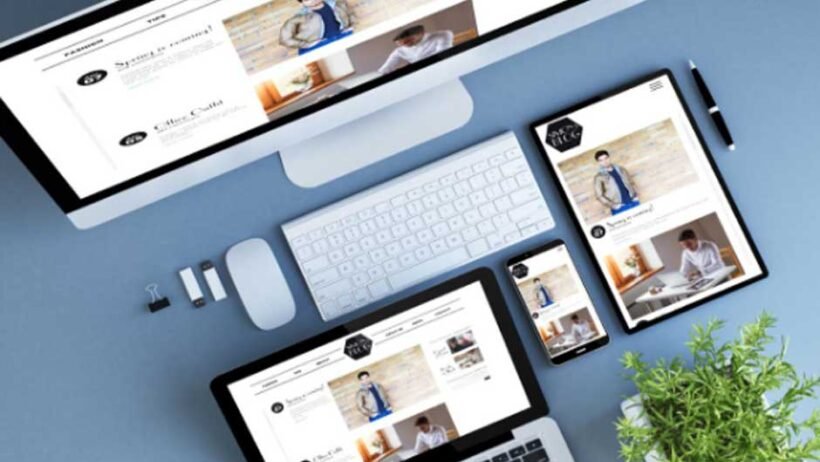From the first click on a website, web design affects how users interact and experience it. By concentrating on key design components, that experience may be transformed into a smooth and captivating trip that enables visitors to locate information, browse pages, and carry out required actions with ease. Let’s examine the essential design components that any website should have in order to provide an exceptional user experience and achieve success on the internet, with the assistance of our specialists. Experts provide website design services London, building cutting-edge, approachable websites that help companies thrive online.
What Is Meant By Web Design?
The technique of defining oneself online through a visual medium is known as web design. In order to create a cohesive environment that reflects your distinct identity or the personality of your business, it is a complicated and diverse process that involves planning, conceptualising, organising, branding, decorating, and integrating content.
A Well-Defined Goal
If your website lacks a clear goal, it will fail. And we’re referring to “user intent” when we say “purpose.” The goal of your website should be to assist people in completing their tasks, so make sure you comprehend their requirements and the goals they have in mind when they come to your page.
Designing different product personas along with profiles of ideal customers (ICPs) is crucial before building your website. The secret to creating and improving your website successfully is to let consumers direct your decision-making process.
Getting Around
The menu items are supposed to be straightforward to find from any page of the website, and the design should be simple to use. The viewer ought to continually understand exactly where they’re situated on the website and have simple access to where they would like to be. Although it may seem simple, most websites could use some improvement in this area. Keep in mind that usefulness should be the goal because there is a thin line between a functional menu and an unpleasant one.
Appetising Beauty
The well-known saying, “Don’t judge an opus by its cover,” doesn’t apply to site design. According to research, 75% of a website’s reputation stems from its design, and 94% of visitors’ initial impressions are influenced by it. However, what constitutes beautiful aesthetics?
- An eye-catching colour palette that complements your brand
- Easy-to-read typefaces, easy to skim, and comprehend content
- To create breaks between language and other objects, use white space.
- Excellent pictures that captivate and educate
- Strong Visuals
- Design coherence
Content
This serves as the foundation of your website. Your content is the primary reason most people visit your website in the first place, and it also has a significant impact on how well you rank in search results. The material on your website should be clear, useful, and easy to read. More than anything else, well-written copy and web content will make your website’s design popular, productive, and engaging.
Web-Friendly
Your website design is pointless unless it is web-friendly, regardless of how attractive, informative, and user-friendly it is. Your web designers must be well-versed in SEO, understand how to make your website run on all of the major browsers, and use alt tags and Meta tags. Make sure your web designers are knowledgeable about the various aspects that affect your site’s overall appearance and search engine placement.
Quick Load Times
Because visitors expect speed and efficiency, site designers cannot compromise on fast load times. Sites that load quickly encourage users to explore the material and decrease the chance that they will leave the page.
Optimised graphics, clear and effective coding, and caching strategies to shorten wait times are needed to accomplish this. Slow websites run the risk of losing visitors since they are frequently mistaken for being unprofessional or of low quality. By reducing load times, high-performing websites satisfy user expectations and improve search engine optimisation and rankings.
Reputable
Since almost everyone understands the abundance of fraudulent individuals and scammers on the internet, your website should project reliability and dependability if you would like visitors to proceed to the next stage, which is to phone you or make a purchase. Here are a few methods to accomplish that:
- Provide a physical address.
- Make sure your contact details are visible.
- Add endorsements and/or reviews.
- Publicise the terms of use and privacy policy.
- List your affiliations and professional memberships.
- Make use of a professional-looking design.
- Provide clear, well-written information; use an About page to give your company a personality.
- Make sure all email addresses listed utilise the same domain as the website by using a custom one.
Final Words:
Your website may be the most significant source of new customers for your company. It should prioritise increasing awareness regarding every product and service you provide to attract new customers and provide existing customers with new options. Giving customers the resources they require to transact with you in a simple and pleasurable manner can boost website conversion and help you achieve the results you desire.








